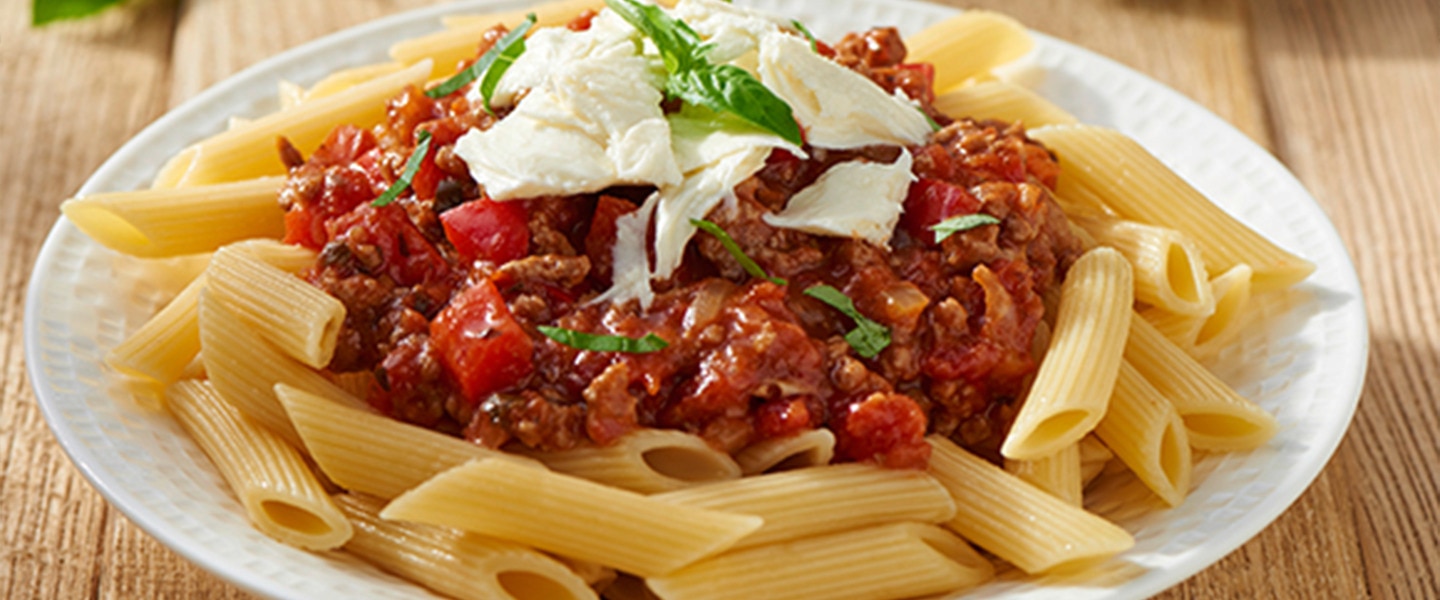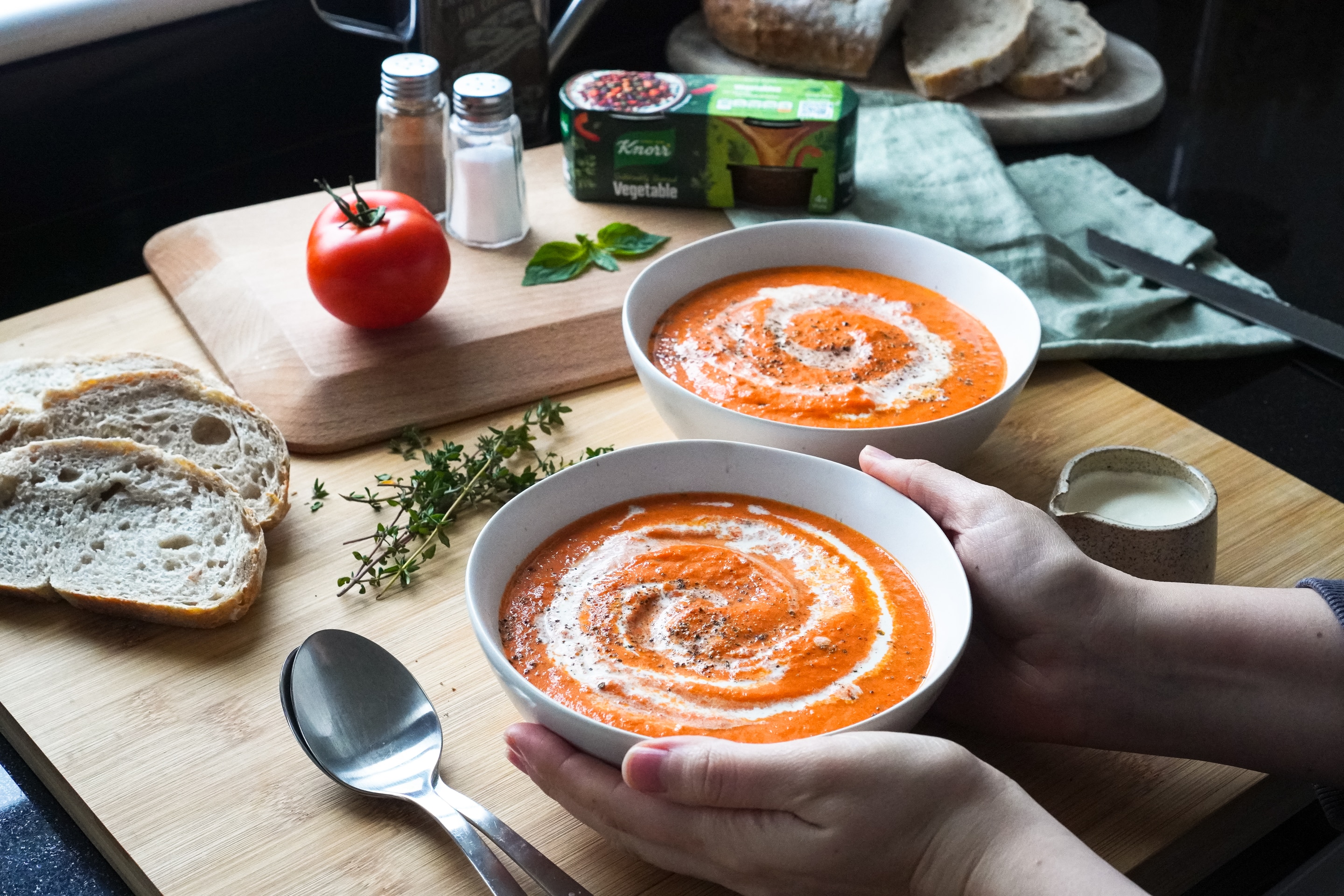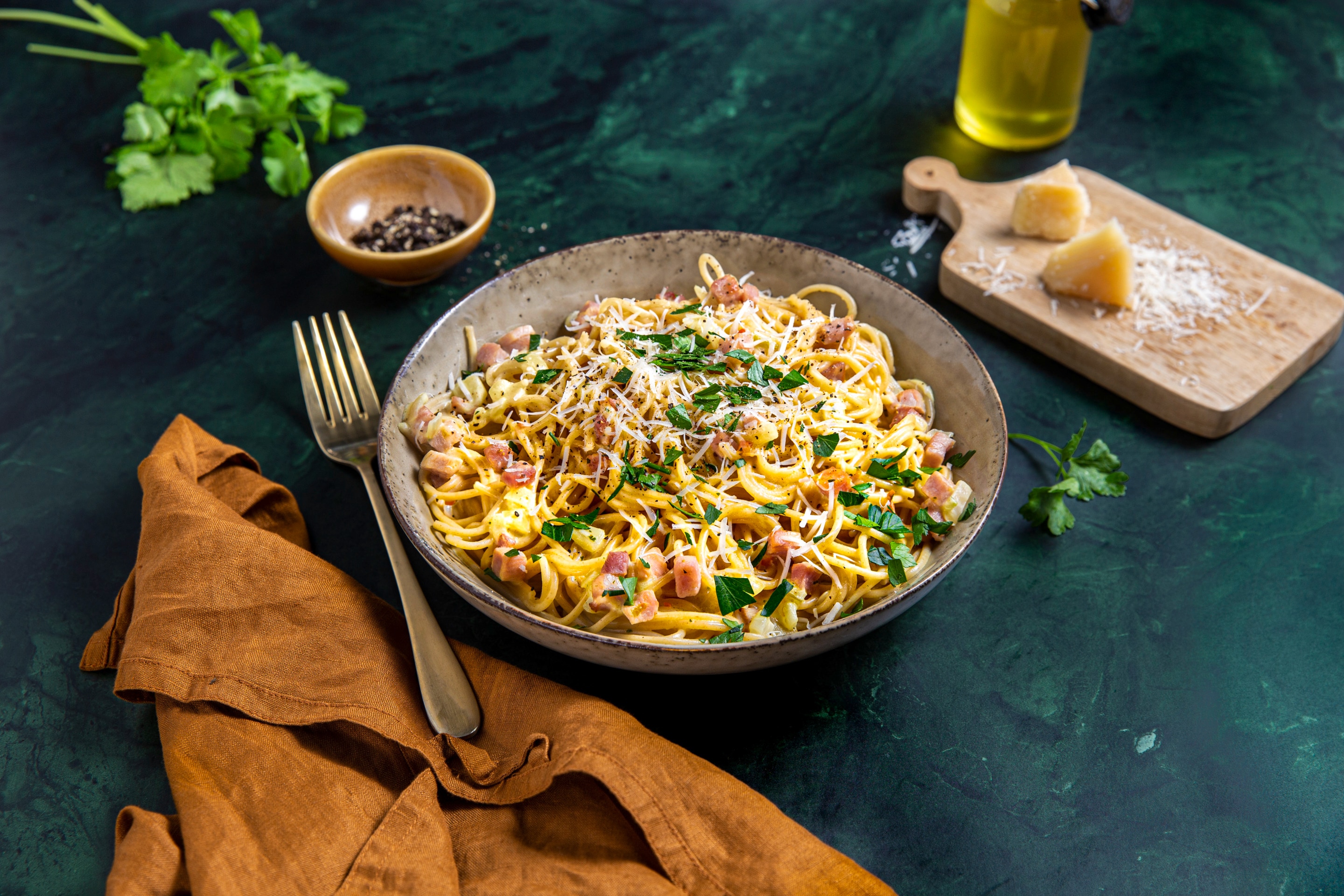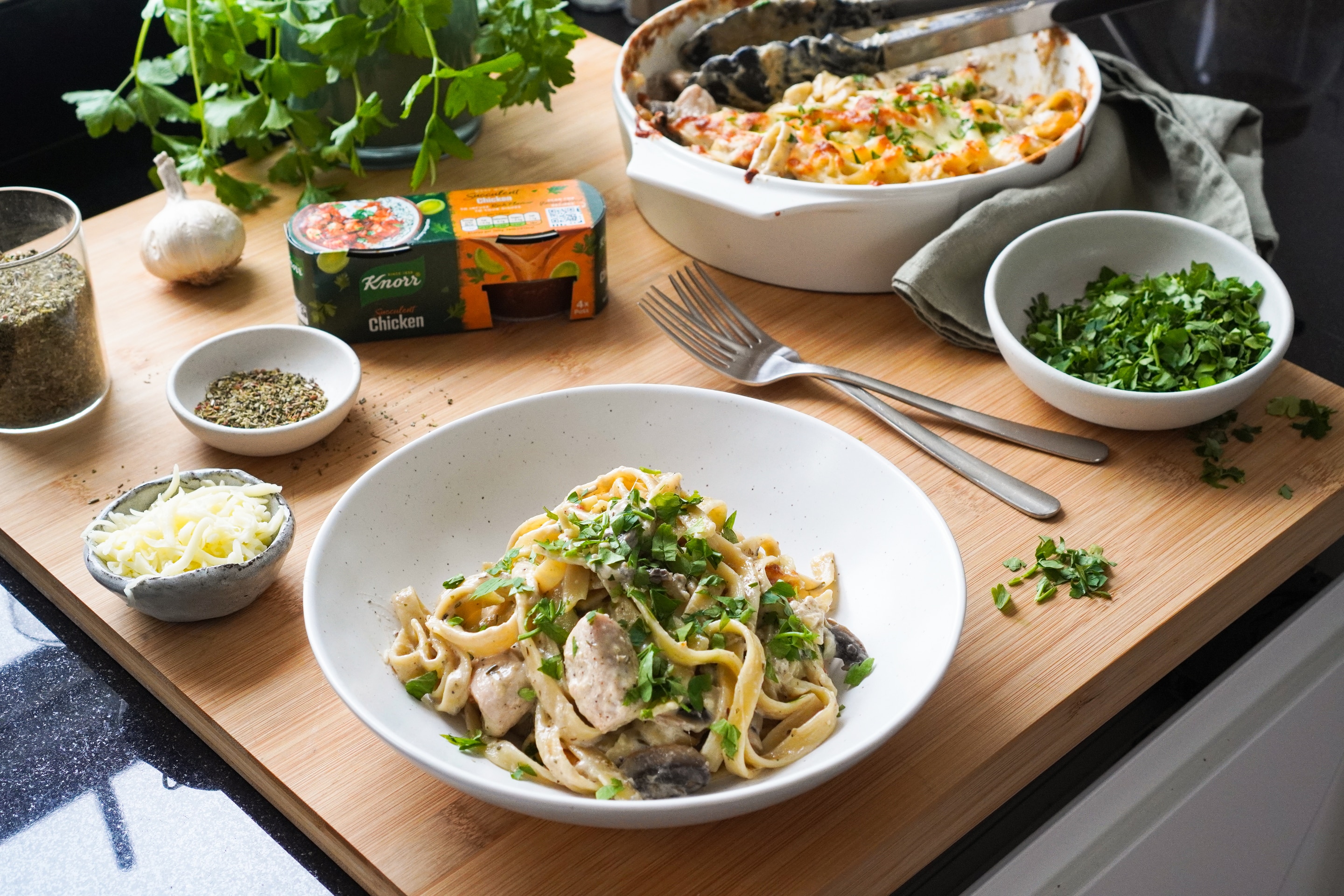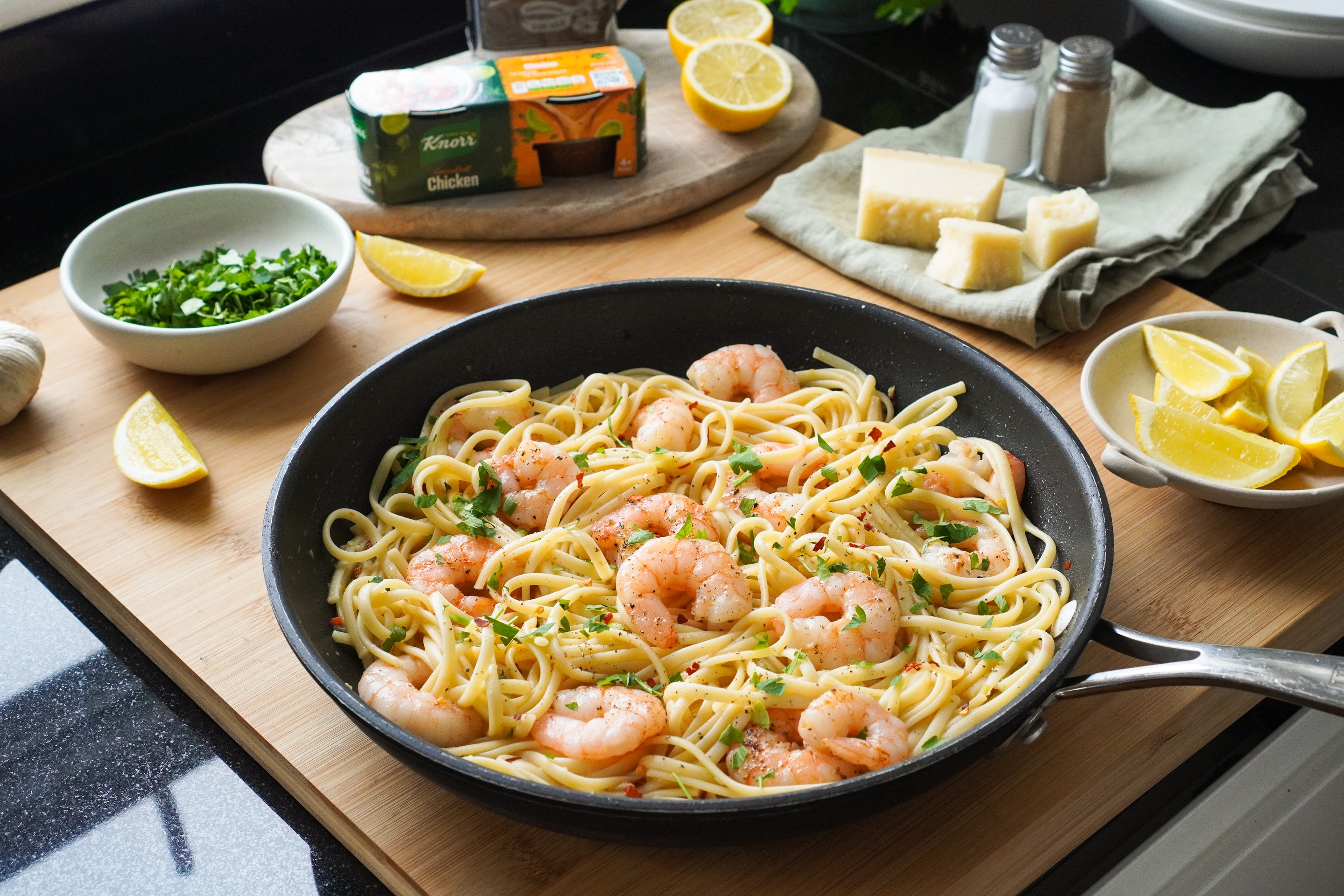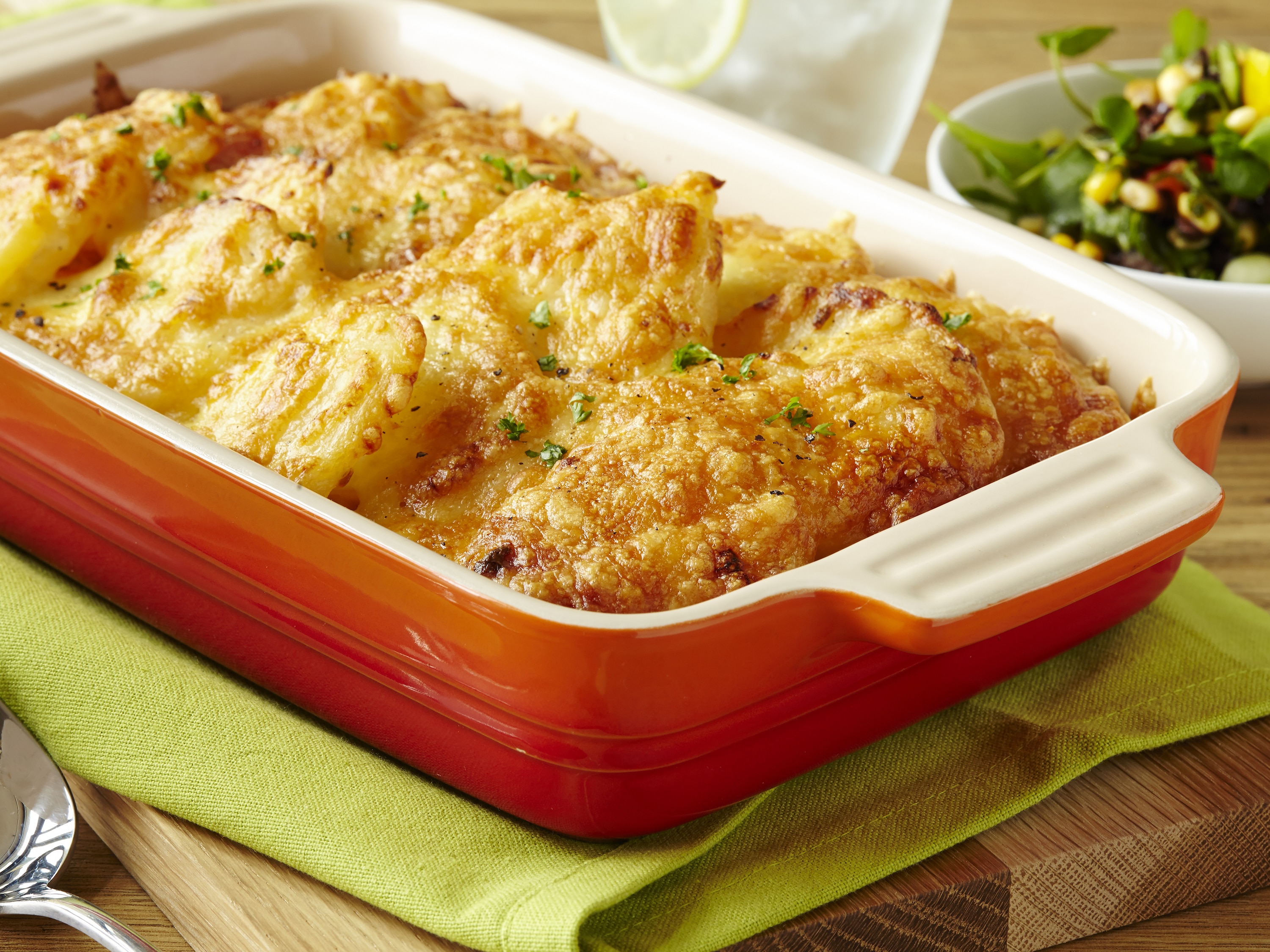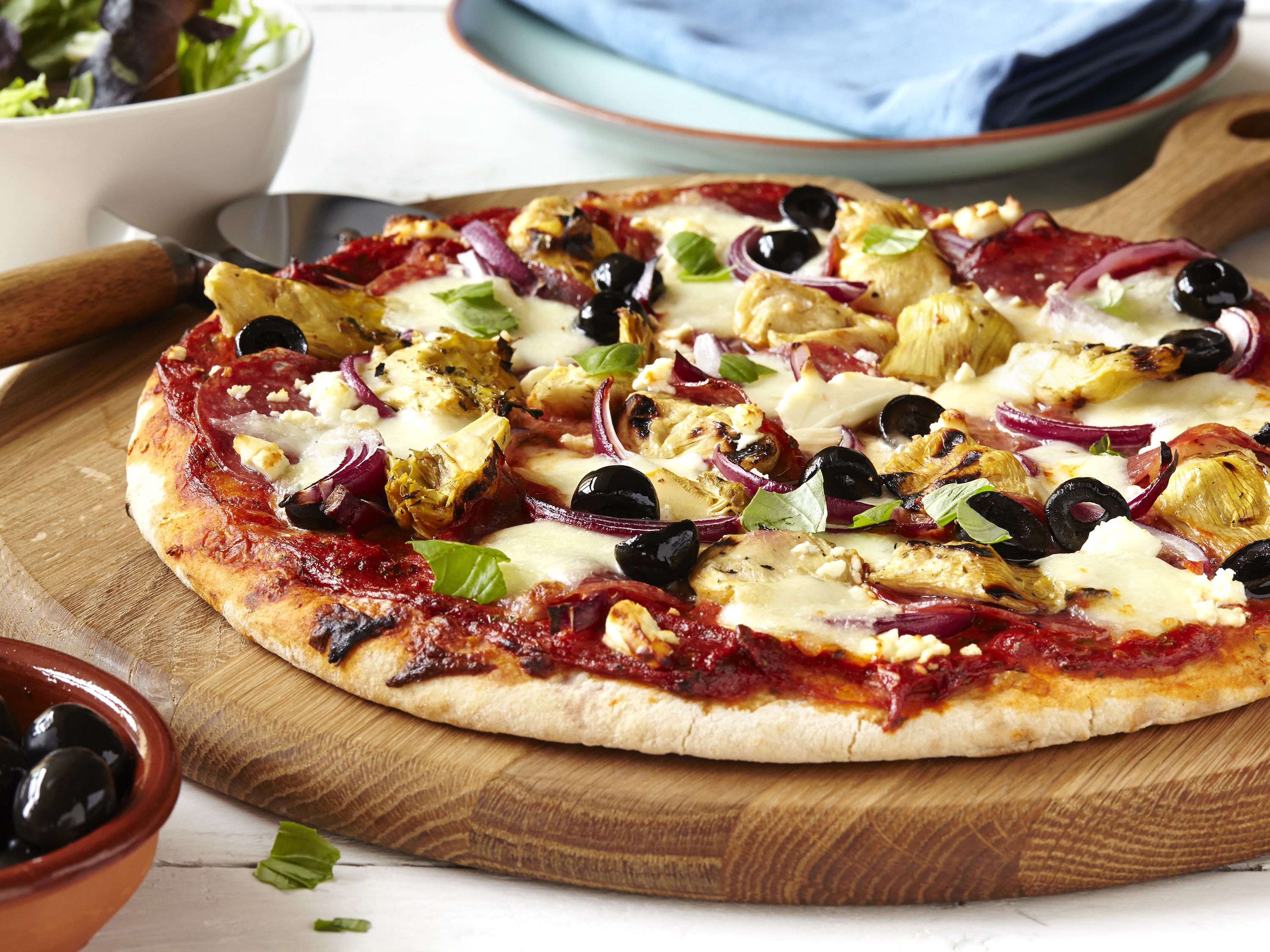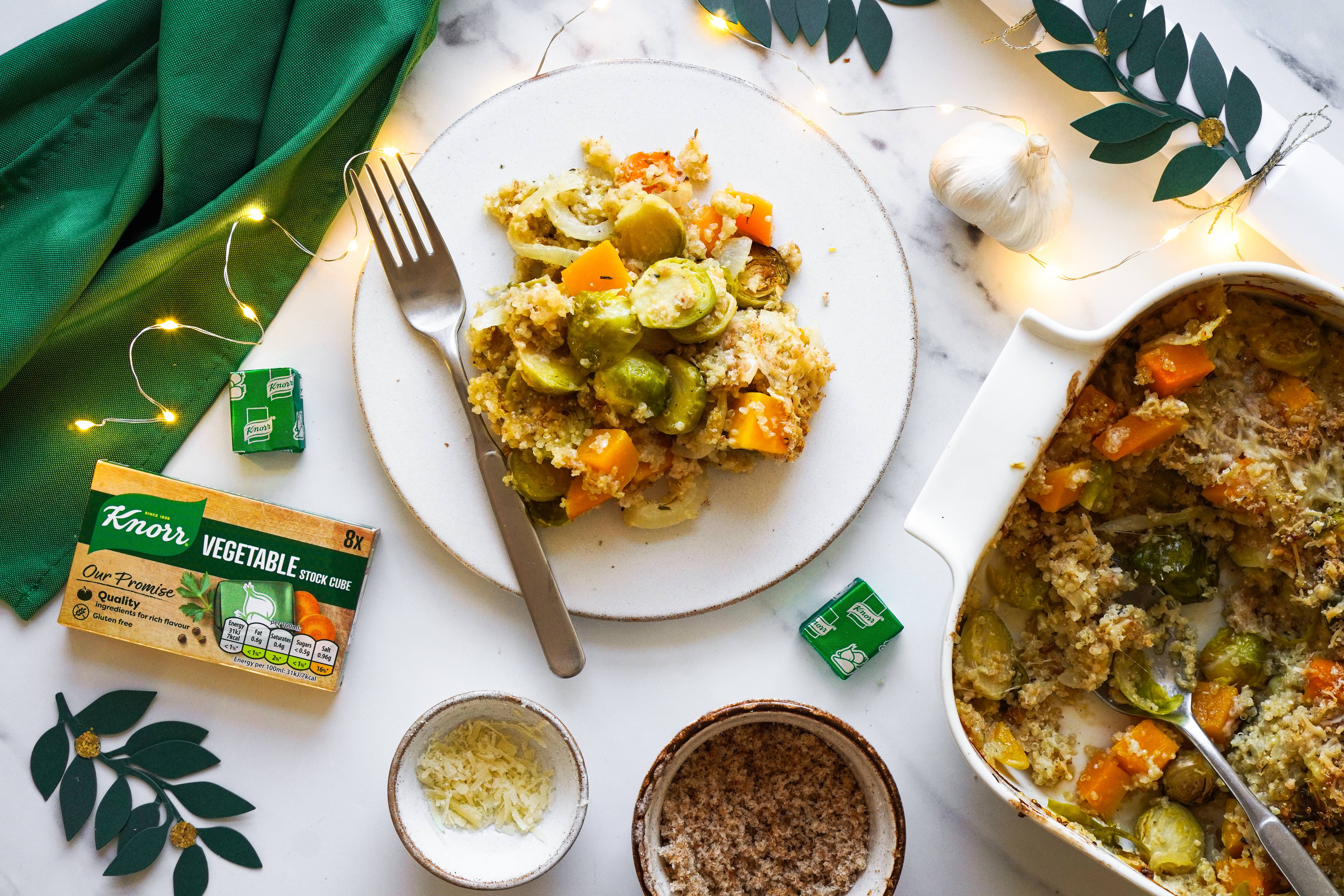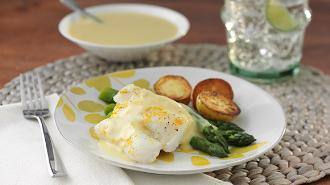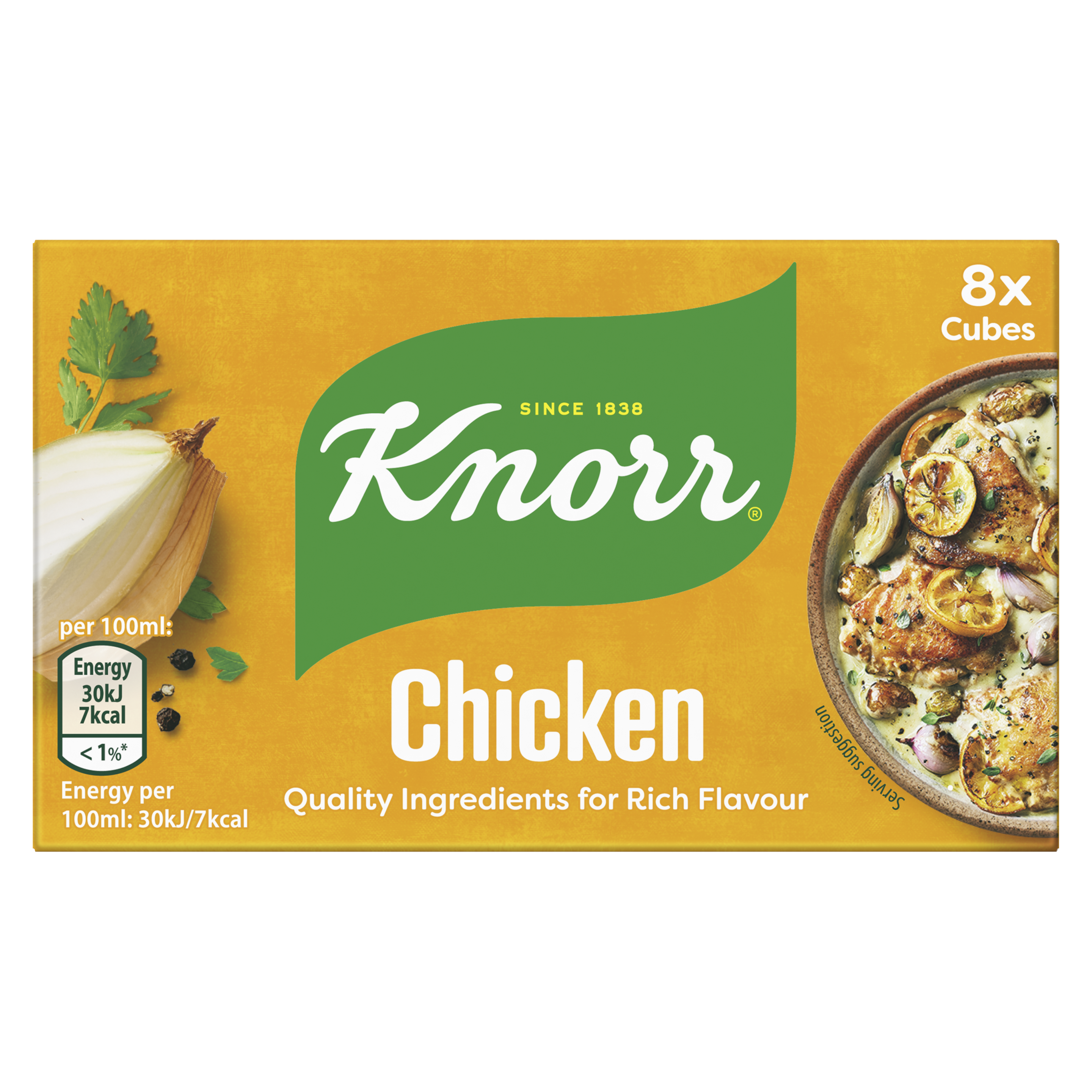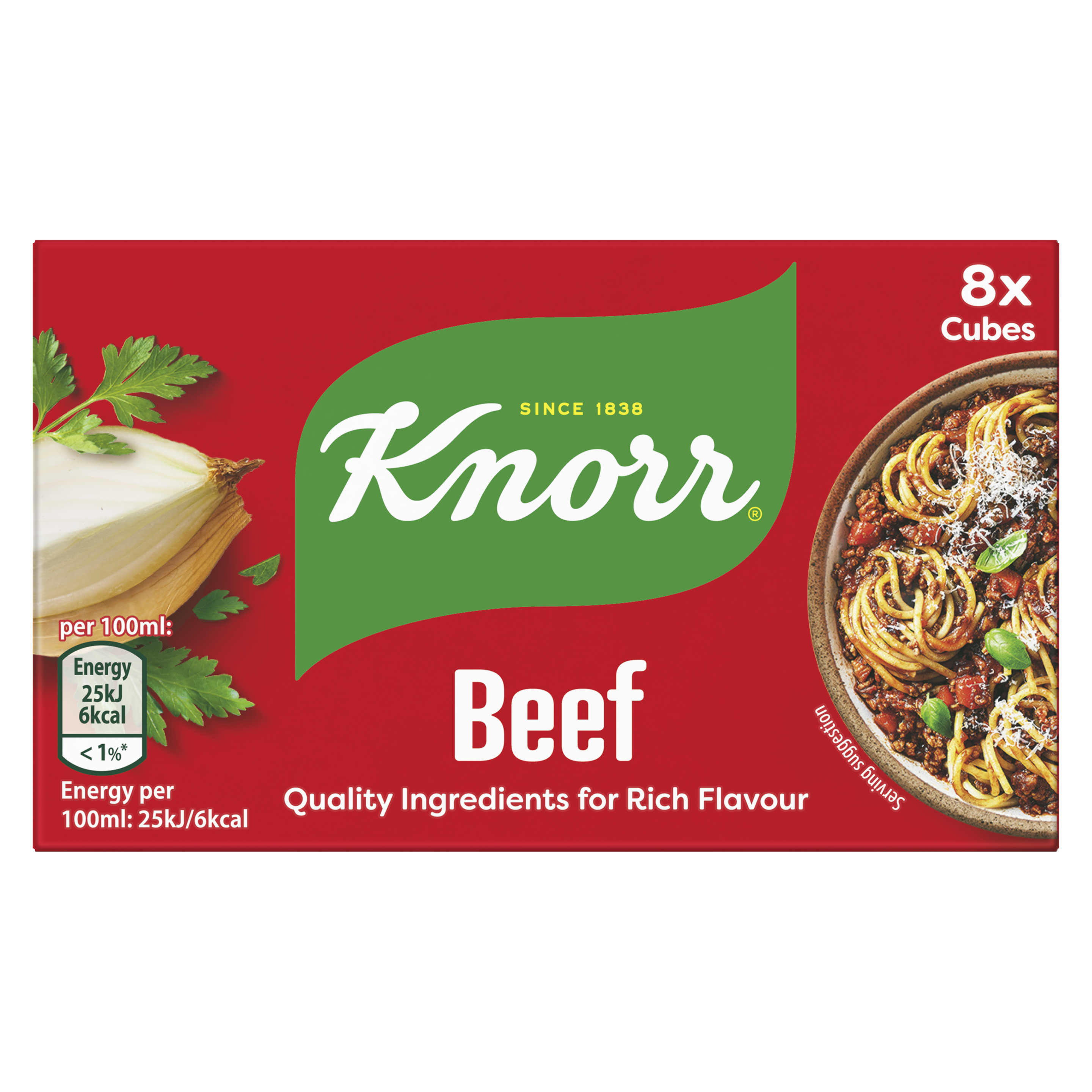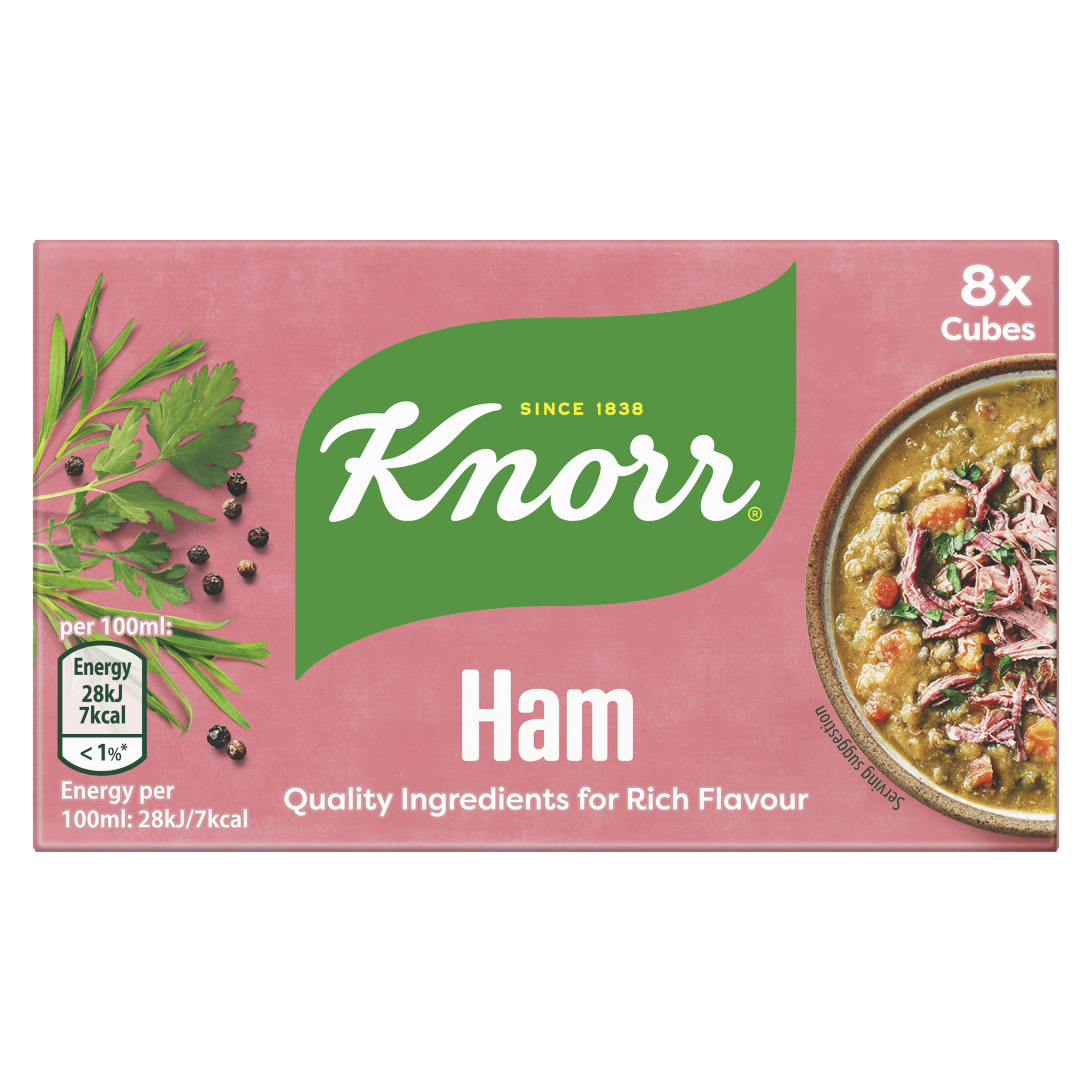Skip to:
This guide provides comprehensive tips and tricks on how to stop pasta from sticking, covering common causes like insufficient water, stirring too early, overcooking, and lack of salt. It offers foolproof techniques such as boiling a generous amount of water, adequately salting it, stirring at the right time, cooking to al dente, reserving pasta water, and avoiding rinsing, ensuring perfect pasta every time.
Few things are as disheartening for a pasta lover as ending up with a sticky, clumpy mess. The good news? Preventing this culinary catastrophe is simpler than you think! This guide will walk you through everything you need to know about how to stop pasta from sticking, ensuring perfectly separated and delicious pasta every time.
Why Does Pasta Get Sticky? Common Culprits Explained
Sticky pasta is a common kitchen woe, but understanding the 'why' behind it is the first step to prevention. Most sticky situations arise from a few key missteps during the cooking process. Here are the main reasons your pasta might be clumping:
- Insufficient Water: Not using enough water means the pasta doesn't have enough room to move freely. This overcrowding causes strands to rub against each other, releasing excess starch and leading to clumps.
- Stirring Too Early: Adding pasta to boiling water and stirring immediately can disrupt the delicate starches on its surface, making it more prone to sticking.
- Overcooking: When pasta is cooked for too long, it releases more starch into the water. This excess starch thickens the water and coats the pasta, causing it to stick together.
- Undercooking: Pasta that isn't cooked long enough (not al dente) can be gummy and more likely to adhere to itself and the pot.
- Lack of Salting: While it might seem counterintuitive, properly salted water not only enhances flavour but also helps to prevent pasta from sticking by altering the starch's behaviour.
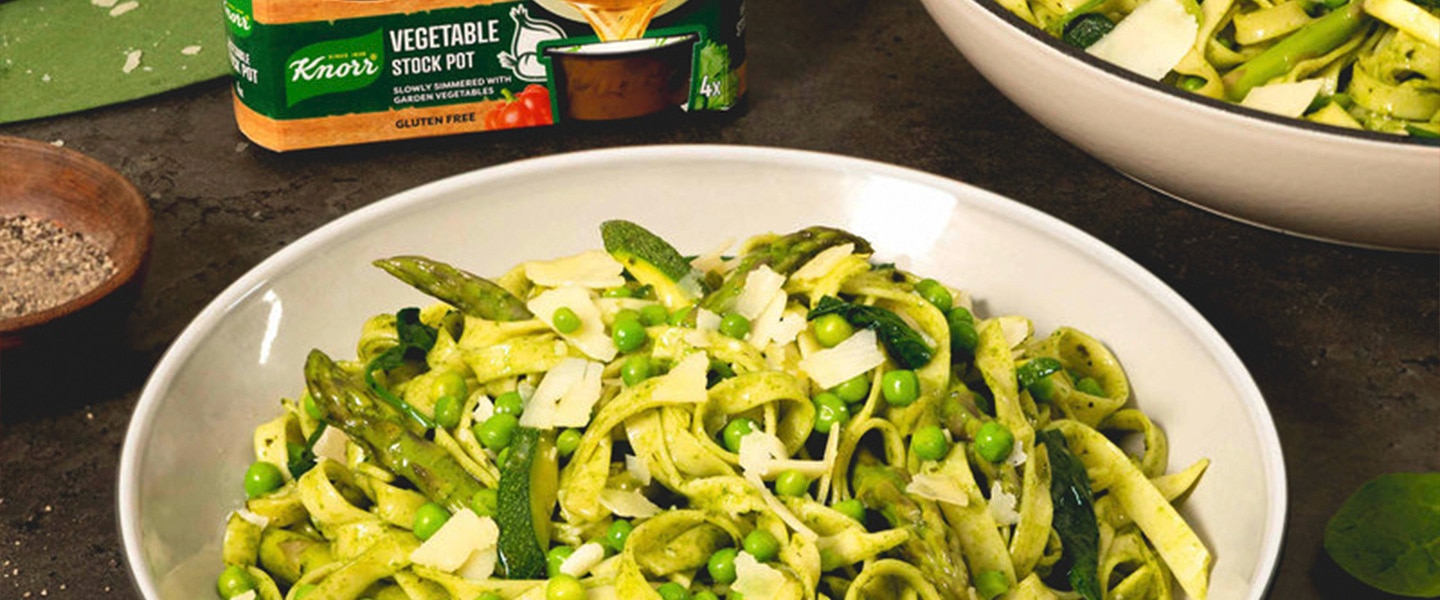
Foolproof Techniques for Perfectly Non-Sticky Pasta
Ready to banish sticky pasta forever? Mastering a few simple techniques will ensure your pasta is always perfectly cooked, separate, and ready to impress. Follow these foolproof pointers, and you'll achieve pasta perfection, avoiding any sticky situations in the future!
1. Use Plenty of Water: The Golden Rule
The Golden Rule: Generous Water Volume
Always reach for the largest pot you have and fill it with a generous amount of boiling water. This is crucial because it provides ample space for the pasta to move freely, cook evenly, and prevents it from clumping together. A good guideline is to use at least 4-6 quarts of water for every pound of pasta.
2. Salt Generously: Flavour and Function
Seasoning Matters: Don't Be Shy!
Salting your pasta water is non-negotiable! It's not just about adding essential flavour to the pasta itself; it also plays a vital role in preventing it from sticking. A good rule of thumb is to add about a tablespoon of coarse salt for every gallon of water. The water should taste noticeably seasoned, like the sea!
3. Stir Smartly: The Gentle Approach
Timing is key when stirring your pasta. After adding the pasta to the boiling water, let it settle for about a minute before giving it the first gentle stir. This initial rest helps prevent the pasta from sticking to the bottom of the pot or to itself right away. Throughout the cooking process, continue to stir occasionally with a long fork or tongs. Remember to be gentle – vigorous stirring can damage the pasta's delicate structure.
4. Cook to Al Dente: The Perfect Bite
Timing Matters: Aim for Al Dente
While package instructions offer a helpful guide, the ultimate test for perfectly cooked pasta is tasting it. Start taste-testing a minute or two before the suggested cooking time. You're looking for that ideal 'al dente' texture – tender but with a slight firmness or bite in the centre. Overcooked pasta releases too much starch, increasing the risk of stickiness.
5. Reserve Pasta Water: Your Secret Ingredient
Liquid Gold: Don't Drain It All!
One of the smartest habits you can adopt is reserving about a cup of the starchy pasta cooking water before you drain the rest. This 'liquid gold' is incredibly versatile. It's perfect for emulsifying and thickening your pasta sauces, helping them cling beautifully to the pasta. Crucially, it also helps prevent sticking when you combine the cooked pasta with your sauce.
6. Avoid Rinsing: Keep That Starch!
Use Sparingly: Keep That Starch!
Despite common misconceptions, rinsing cooked pasta is usually unnecessary and often detrimental. Rinsing washes away the precious surface starch that helps sauces adhere beautifully to your pasta. If you absolutely must rinse (e.g., for a cold pasta salad), use cold water very sparingly, just enough to stop the cooking process and remove excess starch. For most hot dishes, skip the rinse entirely!
7. Combine Pasta and Sauce Mindfully
Combine and Toss with Care
When it's time to bring your pasta and sauce together, do so mindfully. Use a large bowl or pan to give them ample space to mingle. This prevents overcrowding and ensures the sauce coats every strand evenly. If the sauce seems a little too thick or isn't coating well, add a splash of your reserved pasta water to help create a silky, cohesive dish.
Finishing Touches: Draining and Dressing for Success
The final steps in achieving pasta perfection lie in how you drain and dress your pasta. Getting these right is key to keeping any sticking or clumping at bay, ensuring your dish looks and tastes its best.
8. Drain Effectively: Preserve That Water!
Timing is crucial. As soon as your pasta reaches that perfect al dente stage, it's time to drain. Remember, overcooking leads to excess starch and stickiness.
Here's how to drain like a pro:
- Use a Colander: Place a colander or fine-mesh strainer in the sink. Carefully pour the pasta and its cooking water into it. Let the water drain away, but don't shake it dry vigorously.
- Save Your Pasta Water: Crucially, remember to reserve about a cup of the starchy cooking water *before* you drain the pasta. This liquid gold is your secret weapon for creating silky sauces and preventing sticking later on.
9. Dress Your Pasta Perfectly
Bringing it all together is where the magic happens! Here’s how to dress your pasta to perfection:
- The Pan Method: Return your drained pasta to the warm cooking pan. This provides ample space and heat to properly coat the pasta with sauce, preventing sticking and allowing flavours to meld.
- Add Pasta Water: Introduce your sauce to the pasta. If it seems too thick or isn't coating evenly, add a splash of your reserved pasta water. This starchy liquid helps emulsify the sauce, creating a beautifully silky consistency that clings to every strand.
- Toss Gently: Gently toss or stir the pasta and sauce together. Continue adding pasta water, a little at a time, until the sauce coats the pasta evenly without clumping.
- Serve Promptly: Once dressed, serve your pasta immediately. Pasta tends to absorb sauce and liquid as it sits, so prompt serving ensures the best texture and flavour.
- Garnish Creatively: Elevate your dish with fresh herbs, grated cheese, a drizzle of quality olive oil, or a sprinkle of chilli flakes for that extra Knorr touch!
10. Storing Leftover Pasta: Keep it Delicious!
Your journey to pasta perfection doesn't end when the meal is done! Storing leftovers properly is key to enjoying them later. Armed with these simple hacks, you'll know how to keep your pasta separate and delicious, ensuring leftovers are just as enjoyable as the freshly cooked meal.
10.1 Act Quickly: Refrigerate Promptly
If you have leftovers (and who doesn't love them!), don't let them linger at room temperature. Pasta can become gummy and sticky as it cools and sits out. For best results and to prevent sticking, transfer your pasta to the refrigerator as soon as it's safe to do so.
10.2 Use Airtight Containers
Store your leftover pasta in airtight containers or good quality resealable plastic bags. The key is to remove as much air as possible before sealing. This helps prevent moisture buildup, which is a major culprit in making pasta sticky and clumpy when stored.
10.3 Store Pasta and Sauce Separately: Avoid Soggy Strands
If you're storing pasta that has sauce on it, it's best practice to keep them in separate containers. Storing them together can cause the pasta to absorb too much liquid from the sauce, leading to a soggy texture. Separating them preserves the integrity of both the pasta and the sauce.
10.4 Use Wax Paper Between Layers: An Extra Barrier
For an extra layer of protection against sticking, especially with longer pasta shapes, consider placing a sheet of wax paper between layers of cooked pasta in your storage container. This creates a physical barrier that prevents strands from adhering to each other.
10.5 Keep Dried Pasta Dry: For Long-Term Storage
This tip applies to uncooked, dried pasta. Always store dried pasta (like spaghetti, penne, fusilli) in airtight containers. This protects it from moisture and pests, keeping it fresh and preventing any clumping or staleness before you even start cooking.
With these Knorr-approved tips in mind, you can confidently tackle any pasta dish, from a hearty spag bol to a vibrant pasta primavera. Say goodbye to sticky situations and hello to pasta perfection every time you cook!
Similar articles
A little inspiration
7 Results
-
![Vegeterian Pizza 30 MINS recipe]()
Rich and Cheesy Salami Pizza
-
CookingTime20 MINS
-
Difficulty Easy
-
PreparationTime10 MINS
-
Servings 4
people
-

